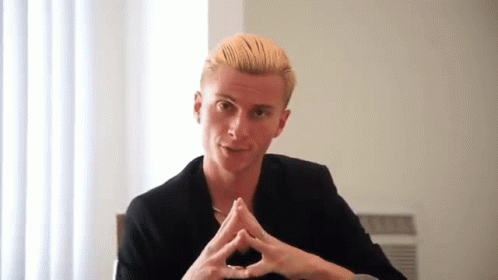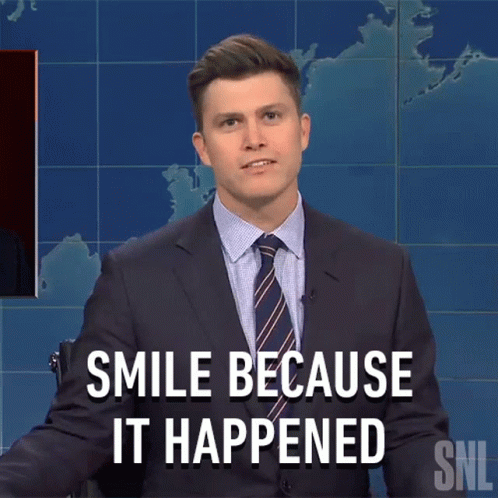The Chosen Aspect(s) of the movie:
From the very beginning of the movie, there is mention of "It's not so much as the innovative work, it's about the innovative idea. It's about the goal." This aligns with what my professor Per Bylund just mentioned in class about Managerial, Strategic, and Effectual thinking. Think of managerial thinking like you are selecting between given means or ideas to achieve a pre-determined goal. Strategic thinking is similar but generates new means to achieve pre-determined goals. Lastly, effectual thinking, also recognized as entrepreneurial thinking, is imagining possible new ends using a given set of means. The movie showed different companies and how they thought of innovative ways to implement genuine change fro the world and create a completely new market while disrupting the already made. "A disruptive innovation makes previous innovations obsolete..." was said towards the beginning of the movie.
Why is this Interesting?:
There are so many ways to go about running a business, creating an invention that is potentially marketable, or simply creating your own market. Uber did not ask the regulators for permission to start their company and have random people drive other random people around to their desired destination. If they went to the regulators, they would have gotten denied because of the safety issues that lied beneath the abstract idea. During Bylund's class this week, we read Saras D. Sarasvathy "What makes entrepreneurs entrepreneurial?" and that reading matches perfectly with this movie. Every company that speaks about their journey and what they have accomplished outlines what it means to think like an entrepreneur "effectual thinking". They outlined the three effectual reasoning process questions: who are you, what do you know, whom do you know that Sarasvathy outlines.
The Relationship between Entrepreneurship & Society:
The Seen and the Unseen is an idea that Per Bylund speaks on a lot during his lectures and this movie does a really great job on touching on the topic. Clark Neily describes the difference between the Seen and the Unseen using this example: Say we see an automobile that gets recalled because the airbag doesn't work, and through regulation it gets recalled and fixed, what we don't see are the products that don't make it to market. There are many innovations that simply don't occur to the public eye because of regulations. This is the Unseen. This builds the relationship based on what society (the market) sees and what they aren't allowed to see, thus affecting the society's optionality.
How Does Society Respond to this, and what is the Interaction like?:
These companies that speak about their success and entrepreneurial thinking have created tremendous change for the world in a lot of ways and have been supported. Luke Massella is a Regenerative Organ Recipient that was able to get a kidney transplant when other doctors told him there was no way he could get one because his bladder would shut down the transplant the same way. Luckily with the help of regenerative medicine, he was able to get a transplant and live a healthy life. There are thousands of people on a transplant list that are hoping someone will be a match and this innovation has been able to create the transplants from the patients cells to be a perfect match. This saves time, saves lives, and keeps from the transplants being at risk to be rejected. This movie outlined how entrepreneurs think and how they innovated successful businesses that are helping people and our planet. The movie gave us a deep dive on what Entrepreneurial thinking is and what steps entrepreneurs needed to take in order to get where they are now.
( )
)
 ![untitled.gif]
![untitled.gif]